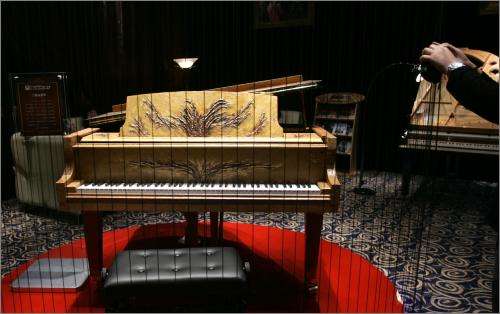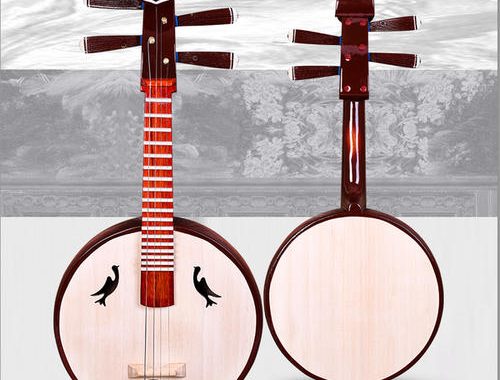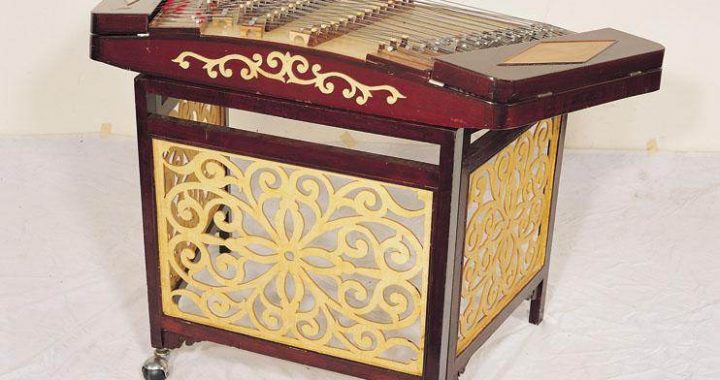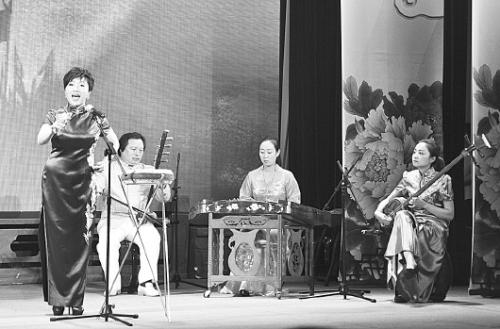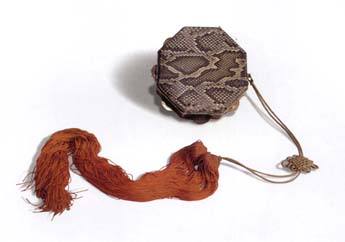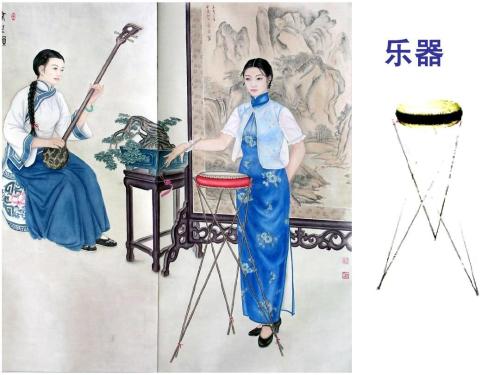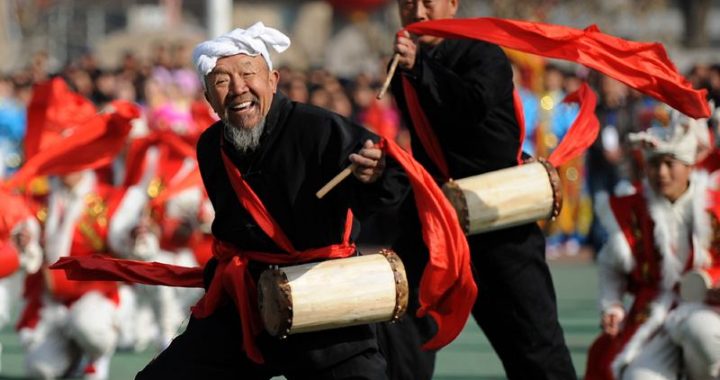The wonder of bronze: a tour of Shang and Zhou musical instruments
4 min readAs long ago as 10,000 to 9000 BC, people in the Middle East in the area of present-day Iraq started to create ornaments out of naturally occurring copper. Around 9000 to 7000 BC, the use of copper spread to the area of present-day Iran. By 4000 BC, the people of ancient Egypt were using copper as well as stone im-plements. The oldest known Chinese copper-based artifacts, such as the bronze plate found at Jiangzhai,Lintong, Shaanxi Province, also date from this period. Around 2000 BC, China entered the Bronze Age.
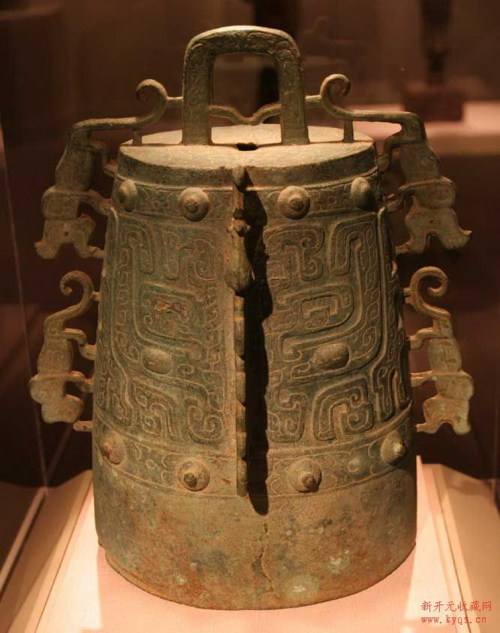
Numerous Chinese bronze implements have been discovered that date from the fifteen centuries spanning the Xia, Shang, and Western Zhou dynasties and the Spring and Autumn and Warring States periods (c.2070-221 BC).
Gravesites at the Erlitou archeological site in Yanshi, Henan Province have yielded several bronze bells dating from 2000 to 1600 BC. The discovery of these bells confirms that shortly after discovering and utilizing bronze, the Chinese ancestors were using this priceless metal to make musical instruments. When unearthed, the bells were wrapped in several layers of hemp fabric, with clappers made of jade placed inside the cavities. The use of precious stone and rare metal to make these bells indicates that they were highly valuable. The bells are 6.3 centimeters tall, narrow at the top and broad at the base, slightly flat-tened, and have a knob at the top and a flange on one side.
Tongling (bronze bell)from Erlitou, Yanshi, Henan Province
China entered the height of the Bronze Age during the Shang Dynasty (c. 1600-1046 BC). Bronze smelting reached an advanced level during this period, which was characterized by the widespread use of bronze implements. Bronze cymbals, an important component of ritual court music, were widely used during the late Shang Dynasty. Shaped like hollow tiles with handles, they were set into wooden frames with the handles on the bottom and the opening on the top, and played by striking the body. The tuned cymbals of northern China were relatively small, with three to five comprising a set. Numerous sets of tuned cymbals have been found in the vicinity of Anyang, Henan Province. Of these, the Fuhao Tomb cymbals are the best known. Fuhao Tomb is the gravesite of a powerful female military leader who was the wife of Shang Dy-nasty monarch Wu Ding (dates of birth and death unknown, reigned for 59 years). In 19 76, archeologists exploring her tomb discovered a set of five tuned cymbals, four of which were in relatively good condition.
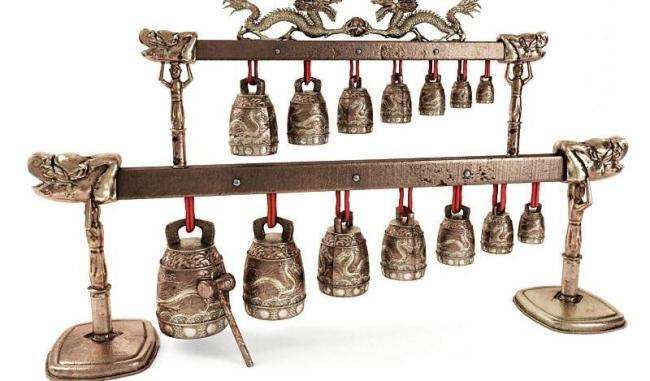
Examination of the cymbals reveals that each one is capable of producing two distinct tones. Together,the set can produce melodies in the pentatonic scale. Tuned cymbals are thus considered a melodic bronze instrument.
Fuhao Tomb biannao (tuned cymbals)
A bronze instrument known as the danao (large cymbal), similar in shape to the tuned cymbals found in northern China, were widely popular in southern China during the Shang Dynasty. The largest bronze cymbal discovered to date, a prime example of this exceptional instrument, was excavated at Ningxiang,Hunan Province. A number of beautifully crafted large bronze cymbals are in the collections of the Palace Museum in Beijing and the Shanghai Museum. China’s three oldest large cymbals were discovered in a late Shang Dynasty gravesite in Dayangzhou, Xingan County, Jiangxi Province, a find of major significance to the study of ancient music. Not only are large cymbals larger and heavier than tuned cymbals, they also are decorated with beautiful, intricate patterns. The large cymbal was generally played as a single unit. Its tone, although loud and solemn, is somewhat raucous and lacking in harmonies. This indicates that it was used as an untuned, ritual instrument, rather than to create melodies.
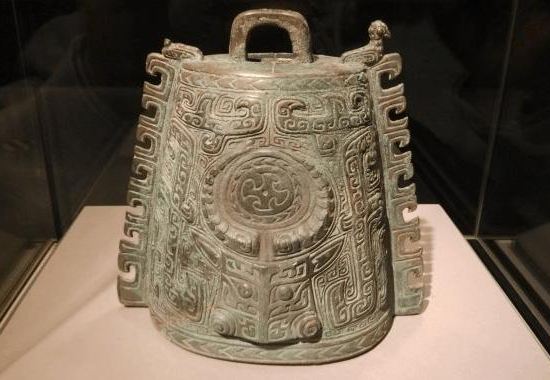
Danao (large cymbal)
at the Palace Museum, Beijing
A number of string and wind instruments had probably been invented by the time of the Shang Dynasty,or even earlier. However, it is unlikely that instruments constructed of bamboo or wood could have sur-vived 3000 years to the present day, and no artifacts made of these materials have yet been discovered.
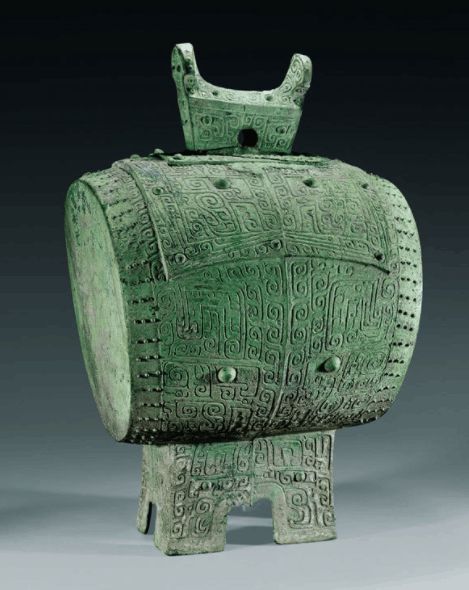
However, a large number of more durable artifacts from the late Shang and early Zhou dynasties were discovered in an ancient tomb excavated by the Henan Archeology Institute in Luyi County. Among them were five bone paixiao (panpipes), one shiqing (stone chime), and two sets of biannao (tuned cymbals),representing one of the major discoveries of modern musical archeology. The panpipes, made from birds’ leg bones, were still as smooth and lustrous as jade. It is likely that panpipes and other wind instruments made of wood or bamboo were much more prevalent than those made of bone, due to the ease of working and the functionality of such softer materials. However, unlike the bone panpipes from Luyi, they have dis-integrated over time.

Excavation site of bone pabciao (panpipes) at Luyi, Henan Early in the Western Zhou Dynasty (1046-7 71 BC), China’s rulers instituted a system of ritual music that made extensive use of bianzhong (tuned bells) and bianqing (tuned chimes), leading to the rapid develop-ment of these instruments. In 19 78, the tomb of a ruler of the State of Zeng was discovered in Sui County,Hubei Province. Buried in the tomb was an extensive collection of musical instruments, carefully laid out for a 2400—year-old orchestra. The occupant of the tomb was a marquis surnamed Yi, who lived sometime during the Warring States Period (475-221 BC). The site is therefore referred to as the tomb of Marquis Yi of Zeng. The 12 5 musical instruments and artifacts found in the tomb constitute the greatest discovery of 20th century Chinese musical archeology.

